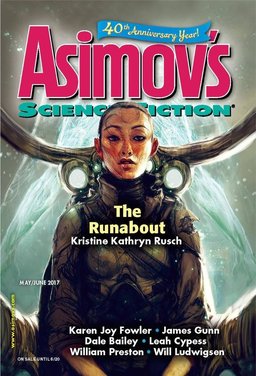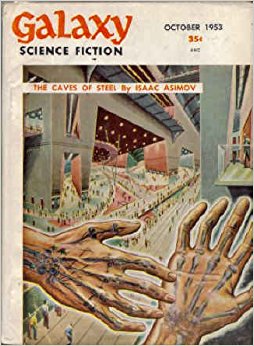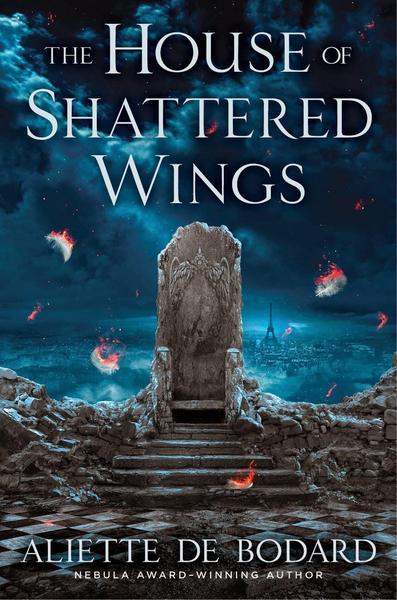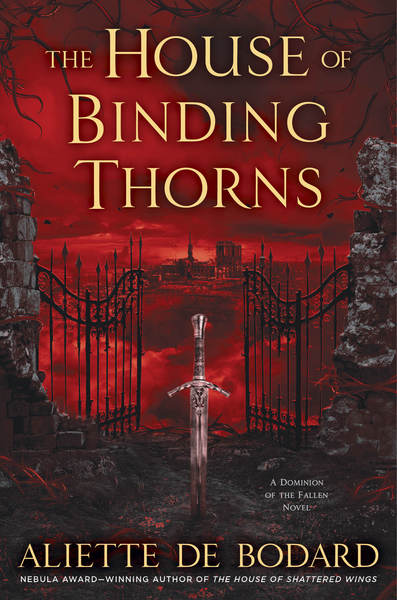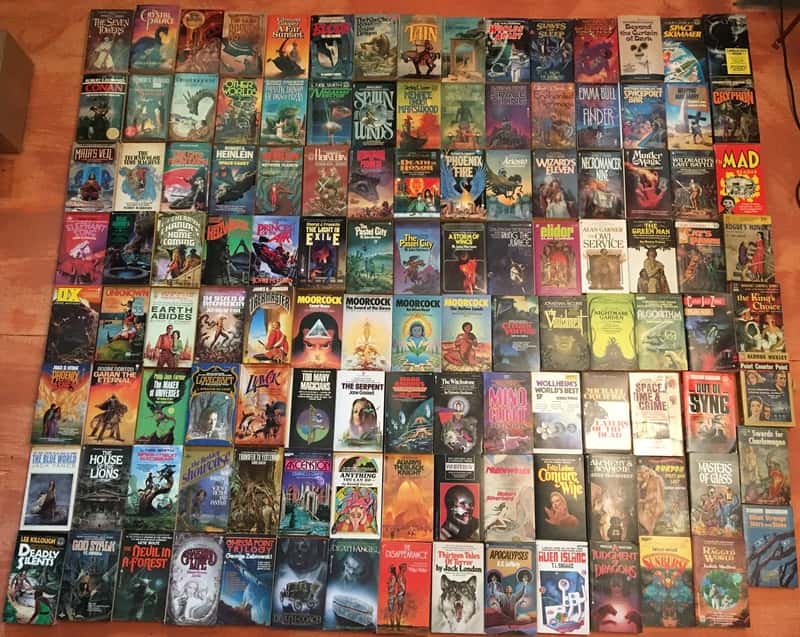I Became a Science Fiction Fan at Exactly the Right Time: The Sixties
I’m convinced I became a science fiction fan at exactly the right time, the 60s. That was just long enough ago that there was so little science fiction (compared to now), that a young fan had to read the “classics” because there wasn’t the flood of new stuff appearing each month.
I don’t know how, exactly, I started reading E.E. Doc Smith, for example. His books originally appeared in the 30s and 40s. I bought the Skylark and Lensmen books in paperback, though, so they were still being reprinted. I read all of Edgar Rice Burroughs, also a writer who started in the early 1900s. Both the Tarzan and Barsoom stories started in 1912. Yet in the early 60s, the books were still coming out in reprints (with really cool covers).
I read H.G. Wells and Jules Verne because they were among the relatively few science fiction choices in our public library. At this time, I read science fiction exclusively. I read Edgar Allan Poe, Ambrose Bierce and Sir Arthur Conan Doyle because they scratched the science fiction itch without always exactly being science fiction. I didn’t discover H. Rider Haggard and Robert E. Howard until later. I also joined the Science Fiction Book Club in the 60s. One of my first purchases was the double-volume A Treasury of Great Science Fiction, edited by Anthony Boucher and published in 1959 (I bought it because it counted as a single choice–I think it’s possible that part of my love for short fiction started with that awesome collection).
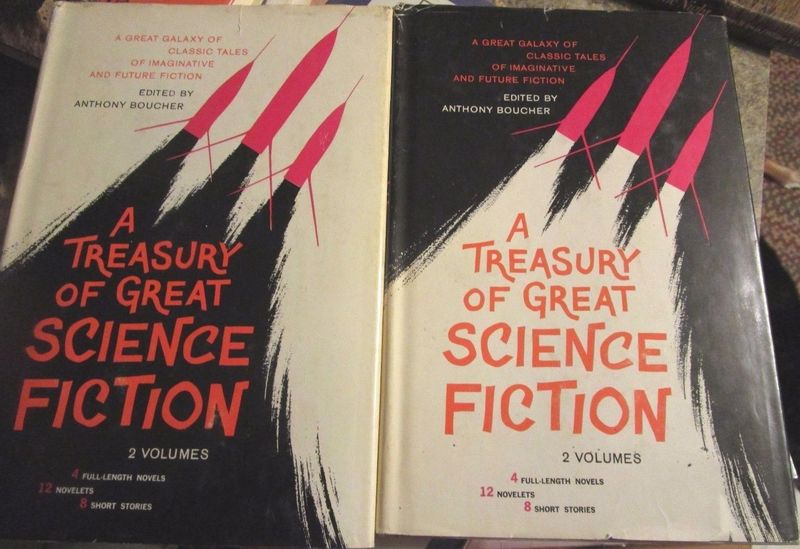
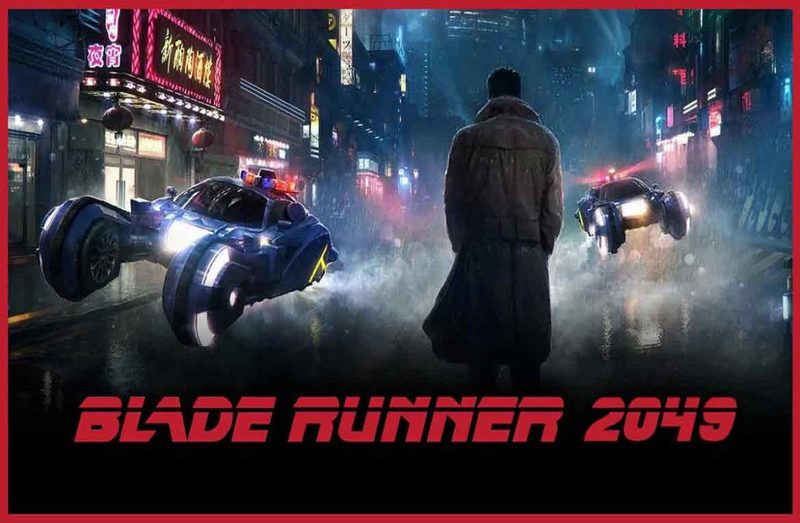


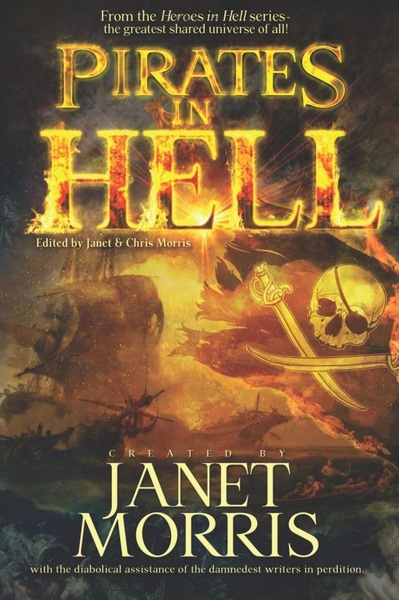
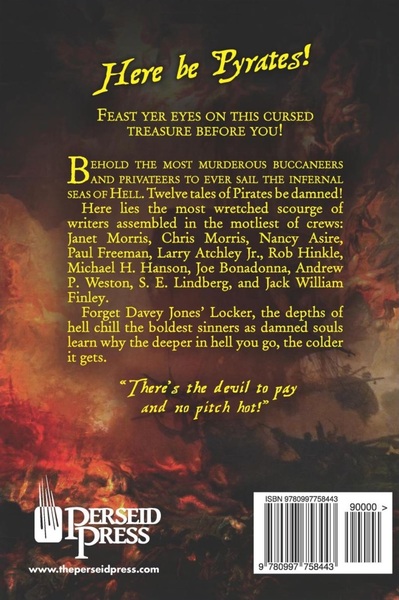
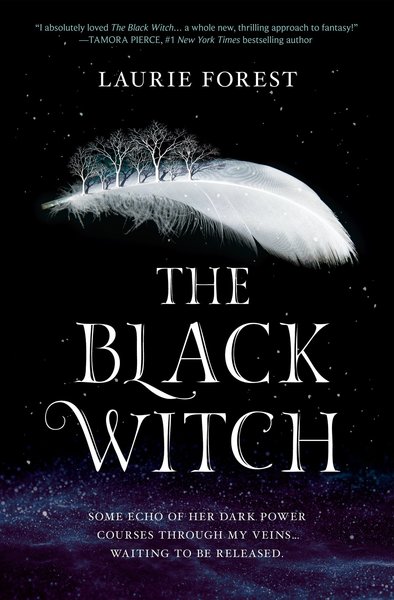
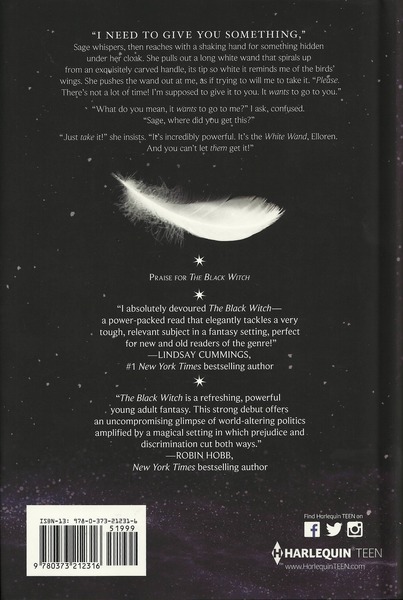
 One pleasant stop on my recent trip to Cairo was the American University’s bookshop near Tahrir Square. It’s a treasure trove of books on Egyptology and Egyptian fiction in translation. Among the titles I picked up was the dystopian novel
One pleasant stop on my recent trip to Cairo was the American University’s bookshop near Tahrir Square. It’s a treasure trove of books on Egyptology and Egyptian fiction in translation. Among the titles I picked up was the dystopian novel 